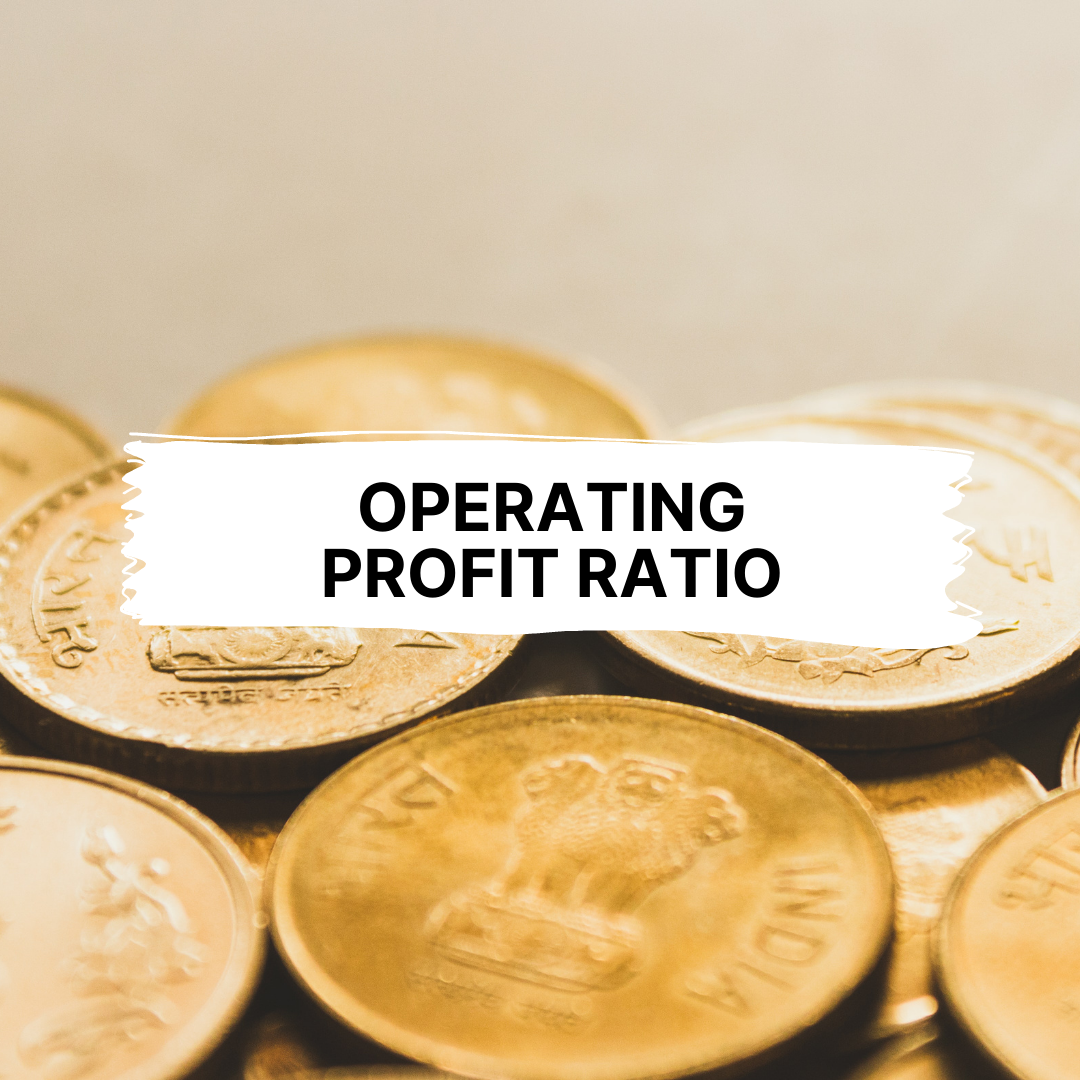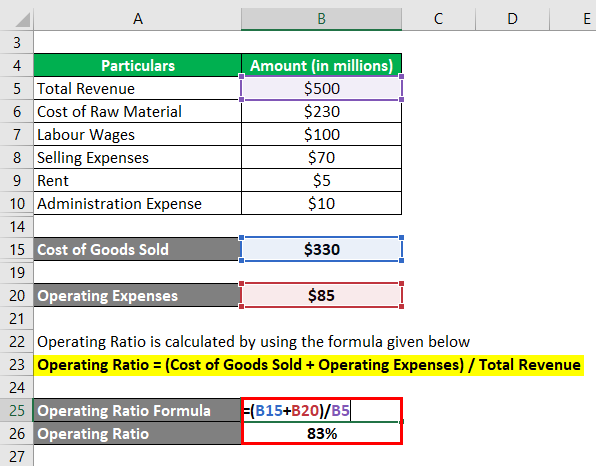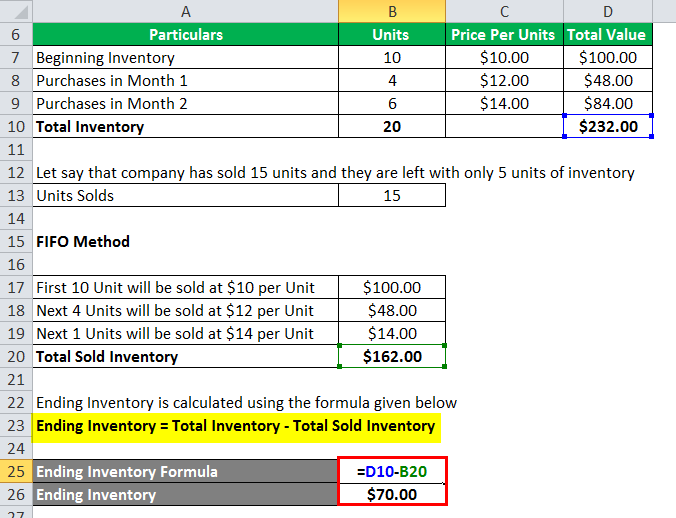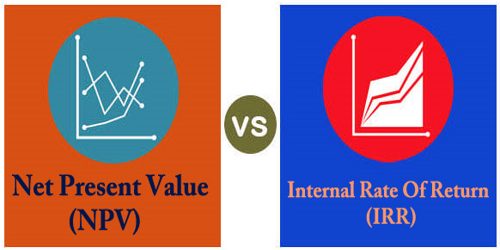This framework should clarify the role of each technology, filter out market hype and understand how different tools can be used in tandem to achieve comprehensive business process automation. By adopting such a strategic approach, organizations can better navigate the complex BPA landscape and leverage the right mix of technologies. It refers to the use of technology to automate and streamline business processes, increasing efficiency, reducing costs, and improving overall performance. In this article, we will delve into the world of BPA, exploring its meaning, benefits, and applications in various industries. Despite the small start, BPA requires the support of top-level executives and stakeholders as business process automation is highly scalable and is the https://www.bookstime.com/ most beneficial when implemented at scale.
Best practices for implementing business process automation
- The still present global pandemic is causing more businesses to transform into a fully digital workplace.
- At present, we are experiencing the emergence of robotic process automation (RPA), which allows automation via a user interface.
- According to McKinsey, the number of businesses that have fully automated at least one function have grown with a percentage of 31% in 2020.
- In this article, we will delve into the world of BPA, exploring its meaning, benefits, and applications in various industries.
- With our industry-leading platform and commitment to customer success, Appian is trusted by top organizations to drive transformational process change.
- Automated processes are more accurate, faster, and more cost-effective, since they can be run entirely on computers.
One important point to note about these terms is that they are constantly evolving, and in some cases the definitions overlap. To some people, for instance, workflow automation and RPA mean the same thing – to others, cognitive automation may be included in the definition. Industry has been extremely resistant to the idea of a class-based approach to regulating chemicals.
What Is BPO? A Simple Explanation for Beginners: Understanding Business Process Outsourcing
Kaiser Permanente’s regional office struggled with managing equipment, capital, and staffing requests. These processes involved complex instructions and multiple spreadsheets, making identifying errors and tracking progress hard for business users. For example, a marketing team member can stitch together a few apps to streamline portions of a workflow. This could include a new email address to the CRM and a separate email marketing platform.
How is BPA related to robotic process automation (RPA)?
- BPA differs from other automation types due to its complexity and integration with multiple enterprise IT systems.
- Despite the small start, BPA requires the support of top-level executives and stakeholders as business process automation is highly scalable and is the most beneficial when implemented at scale.
- In many ways there are no limitations and restrictions to what businesses automate.
- When you apply BPA in the form of chatbots and other forms of automation, you can easily provide service at any time of day from one single office.
- However, challenges such as time zone differences and language barriers require careful management.
If you want to learn more about what our workflow management and process automation tools can do for you, contact HighGear. RPA tools are designed to execute specific, isolated tasks by following rules-based processes. Due to its narrower focus, RPA can often be implemented more quickly than retained earnings broader BPA initiatives.
The latest business process automation technologies
A BPA and BPM combination can be powerful, as BPM outlines and provides a template for all of the business processes to be mapped and automated. When applied within a BPM practice, BPA can be used to continually monitor and improve process efficiencies. Decoupled what does bpa mean in business from an integrated business automation solution, BPM and BPA can function as standalone initiatives for improving efficiency and profitability. Business process automation (BPA) is the use of software to automate repeatable, multistep business transactions.
Business process automation (BPA) is a strategy that uses software to automate complex and repetitive business processes. The main goal of BPA is to streamline day-to-day operations to keep the business functioning smoothly. These “run the business” activities are the core processes that generate revenue and help guarantee the business runs efficiently, like processing orders or managing customer accounts. Across all industries, teams doing change management and digital transformation projects must address and deal with complex, often longstanding, processes with a long list of dependencies. That can add up to excessive documentation, more room for error, and technical debt.














